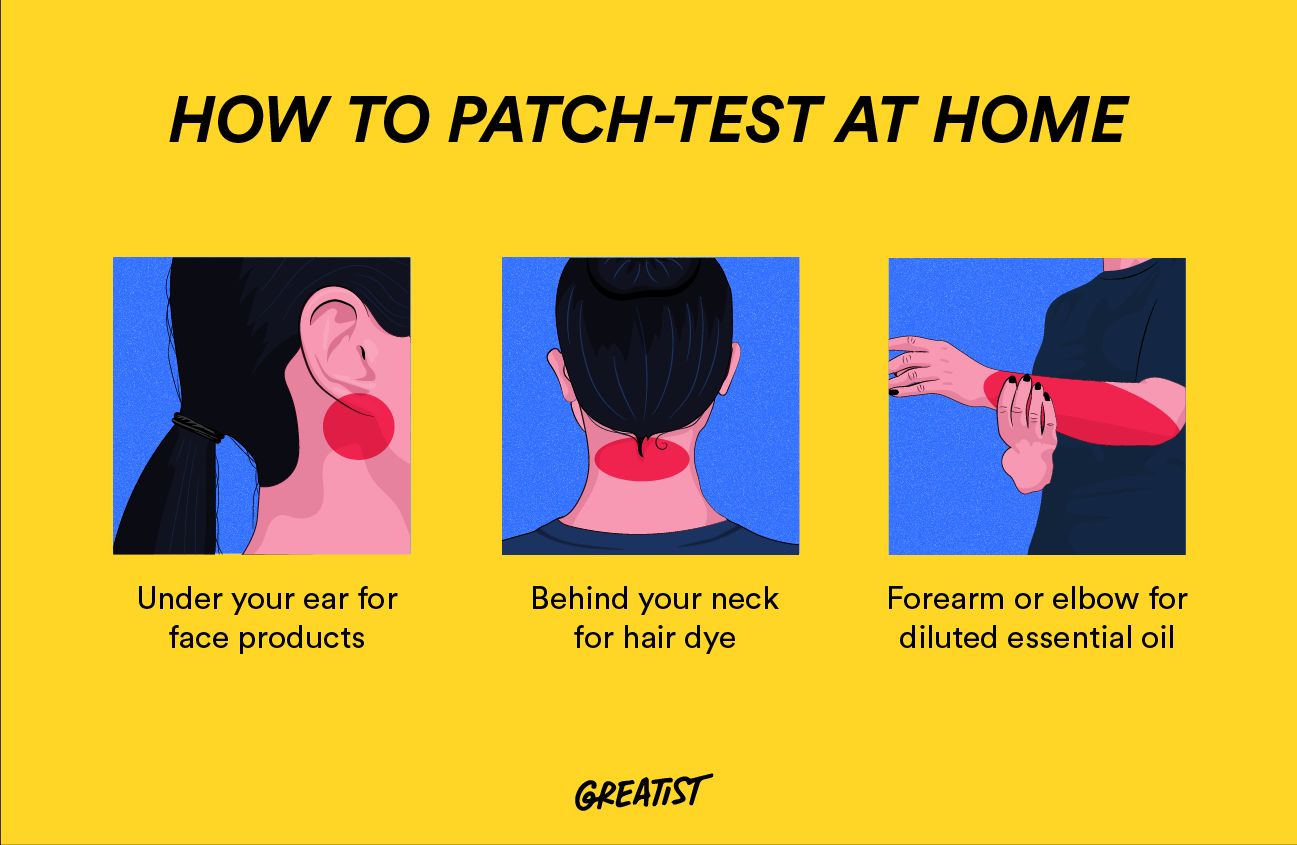Introduction
When it comes to our skincare routine, it can be tempting to jump right in and try out the latest and greatest products. However, our skin is unique and can react differently to various ingredients. That’s why patch testing is an essential step to ensure that your skincare products are safe and effective for your skin type.
In this comprehensive guide, we will walk you through the process of patch testing skincare products. From understanding why it’s important to how to properly conduct a patch test, we have you covered. Let’s dive in and learn how to patch test skincare effectively for healthy, glowing skin.
Before we get started, it’s important to note that everyone’s skin is different. Patch testing allows you to identify potential irritants or allergens, minimizing the risk of adverse reactions. By taking the time to patch test, you can avoid unnecessary breakouts, redness, or other allergic reactions that may arise from using unsuitable products on your skin.
Section 1: Why Patch Testing Matters
Patch testing is a crucial step in your skincare routine for several reasons. Firstly, it allows you to identify any potential allergies or irritations that may occur when introducing a new product or ingredient. Secondly, patch testing can help you determine if a product is suitable for your skin type or specific concerns, such as acne-prone or sensitive skin.
When patch testing, it’s essential to choose a small area of skin on your body that is easily accessible, such as the inner forearm or behind the ear. By applying the product to a small area, you can monitor how your skin reacts over a 24-48 hour period. This way, you can identify any adverse reactions before applying the product to your face or larger areas of your body.
Section 2: How to Conduct a Patch Test
Now that you understand the importance of patch testing, let’s break down the step-by-step process.
Step 1: Choose the Right Area
As mentioned earlier, select a small area of skin that is easily accessible and representative of your facial or body skin. Avoid areas that are already irritated, such as sunburned or broken skin.
Step 2: Cleanse the Area
Gently cleanse the chosen area of skin with a mild cleanser and pat dry. This ensures that there are no residual products or impurities that could interfere with the test results.
Step 3: Apply the Product
Using a clean cotton swab or your fingertip, apply a small amount of the product to the patch test area. Spread it evenly and allow it to dry completely before moving on to the next step.
Step 4: Observe and Wait
Now comes the waiting game. Avoid washing, rubbing, or touching the patch test area for at least 24-48 hours. This period allows your skin to react, helping you identify any allergies, irritations, or other adverse reactions.
Step 5: Monitor and Record
During the observation period, pay close attention to any changes in your skin. Look for redness, itching, swelling, or the development of rashes or pimples. It’s highly recommended to keep a record of your observations, including the date, time, and any visible reactions.
Section 3: Interpreting Patch Test Results
Once the observation period is complete, it’s time to interpret the results of your patch test.
Positive Reaction: If you observe redness, itching, swelling, or any other adverse reactions within the patch test area, it indicates that your skin is sensitive or allergic to the specific product or ingredient. It’s best to avoid using the product on your face or other parts of your body to prevent further reactions.
Negative Reaction: If your skin shows no signs of redness, itching, swelling, or other adverse reactions, it suggests that the product or ingredient is likely safe for use on your skin. However, it’s always recommended to proceed with caution and gradually introduce the product to your routine.
Section 4: Frequently Asked Questions about Patch Testing Skincare
Q: How long should I wait to see results after a patch test?
A: It’s recommended to wait at least 24-48 hours to observe any reactions. However, if you experience an immediate adverse reaction or severe symptoms, it’s crucial to wash off the product and seek medical advice.
Q: Can I patch test multiple products at once?
A: It’s best to test one product at a time to accurately identify any potential irritants or allergens. Testing multiple products simultaneously may make it challenging to determine which one is causing a reaction.
Q: Can I patch test on my face?
A: Patch testing on your face is not recommended, as any adverse reactions can be more visible and difficult to manage. Stick to easily accessible areas, such as the inner forearm or behind the ear.
Q: How long should I patch test a product before using it on my face?
A: It’s essential to give your skin enough time to react. Waiting at least 24-48 hours allows you to observe any delayed reactions and make an informed decision before incorporating the product into your skincare routine.
Q: Should I patch test every skincare product, including those I’ve used before?
A: While it’s not necessary to patch test every single skincare product you’ve used in the past, it’s still a good practice when introducing new products or those with unfamiliar ingredients. Our skin’s sensitivity can change over time, making it important to periodically patch test even familiar products.
Conclusion
Patch testing skincare products is a vital step in any skincare routine, regardless of skin type or concerns. By taking the time to patch test, you can identify potential irritants, allergens, or unsuitable products, minimizing the risk of adverse reactions and maintaining healthy skin.
Remember, everyone’s skin is unique, and what works for one person may not work for another. By following the steps outlined in this comprehensive guide, you can confidently introduce new skincare products into your regimen, knowing that you’ve taken the necessary precautions to protect your skin.
So, the next time you want to try that new serum or moisturizer, don’t forget to patch test first. Your skin will thank you for it!







Leave a Comment